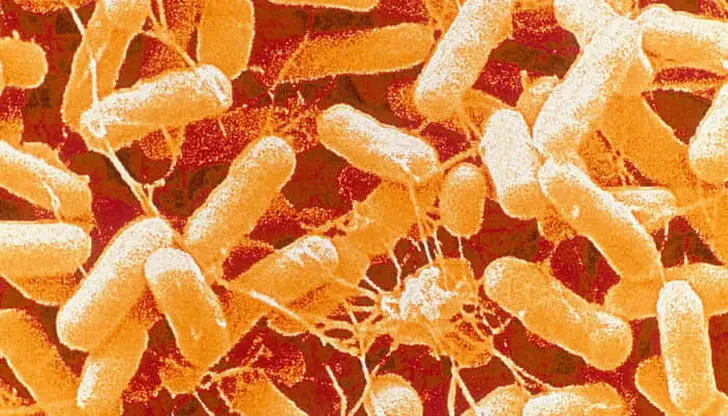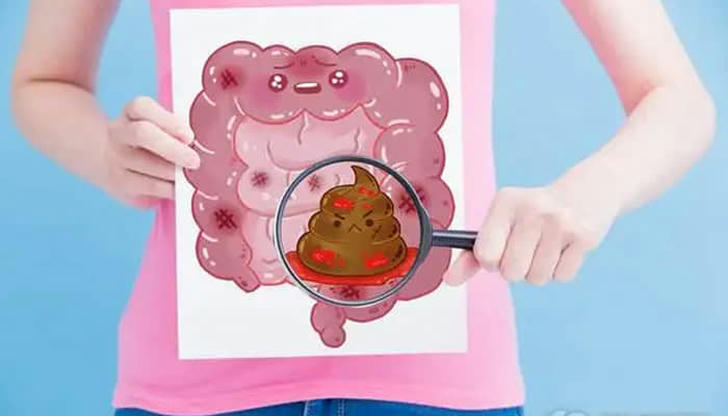Eight Symptoms of Salmonellosis
Advertisement
Salmonellosis is an infection with a bacteria called Salmonella, which affects the intestinal tract. Most of salmonella bacteria typically live in animal and human intestines and are shed through stool (feces). Humans become infected most frequently because of eating foods contaminated with animal feces. Every year, approximately 40,000 cases of salmonellosis are reported in the United States.

Some people with salmonella infection have no symptoms. However, most people have obvious symptoms, especially among children and those people with lower immune system.
The time between exposure and illness, also called incubation period, can be 7 hours to 6 days. And these symptoms are often mistakenly thought as stomach flu. Possible signs and symptoms of salmonella infection include:
Diarrhea

It is a common problem in Salmonellosis. A lot of other diseases can cause diarrhea - loose, watery and possibly more-frequent bowel movements. Seriously, diarrhea can cause dehydration, which can be life-threatening if untreated timely. Worst of all, it is particularly dangerous in children, older adults and those with weakened immune systems. If you have signs of serious dehydration or diarrhea problem for a few days, seek medical help immediately. Meanwhile, it may be present alone or be associated with other symptoms, like nausea, vomiting, abdominal pain or weight loss.
Stomach (abdominal) cramps

Maybe there are a lot of causes with a mild ache or serious cramps, abdominal pain, such as indigestion, constipation, a stomach virus, Irritable bowel syndrome (IBS) or you are in menstrual cramps.
Fever

A fever is usually caused by an infection with a temporary rise in body temperature. It is a very uncomfortable symptom in the body. It is also regarded as one part of an overall response from the body's immune system. If a person with a higher fever, seek doctor as soon as possible.
Nausea

Nausea is an uneasiness of the stomach response that often accompanies the urge to vomit, but doesn't always lead to vomiting. In general, it makes you feel terribly uncomfortable.
Vomiting

Vomiting is the throwing up of stomach contents through the mouth and the body's way of ridding itself of harmful substances from the stomach, or it may be a symptom to something that has irritated the gut. Gastroenteritis is the most common causes of vomiting in adults. However, there are many diseases can cause vomiting among child.
Chills

It is common to see that chills and fever often go together. Cold temperatures, viruses, infections and other illnesses can trigger chills, which is a way of your body raising its core temperature. At this time, your muscles relax and contract accompanied with your shiver.
Headache

Most of us will experience many times during our lives with headaches. It is a very common condition with a pain in your head or face or throbbing, constant, sharp or dull. We often choose some medication, stress management and biofeedback or have a good rest to ease this condition.
Blood in the stool

If a person is with hemorrhoids, anal fissures, inflammatory bowel disease (IBD), ulcers and colorectal cancer, it will cause rectal bleeding. Usually , you need to take great attention on this issue, especially you notice rectal bleeding on toilet paper, in the water of the toilet bowl or in your stool. If your child is with a fever and blood in the stool, you need to take your child to see a doctor instantly to eliminate some terrible diseases.
Generally speaking, signs and symptoms of salmonella infection will last a few days to a week. Diarrhea may last up to 10 days, but it may take several months before bowels return to usual stool habits.



